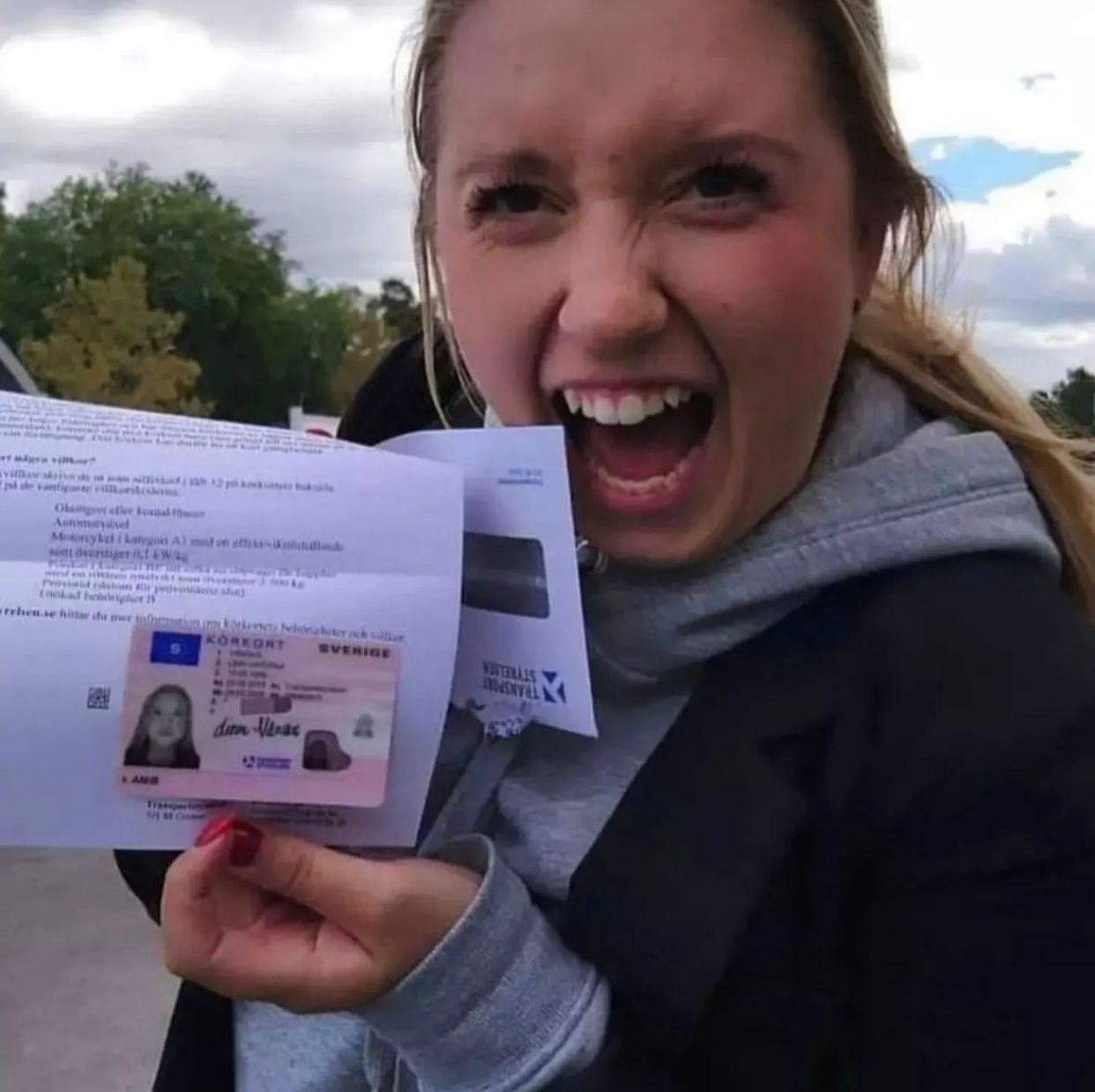15 Terms Everyone Within The Driving License Id-Handling 2025 Industry…
페이지 정보
작성자 Dannie Hyde 작성일25-08-06 12:09 조회6회 댓글0건본문
The Future of Driving Licenses: ID Handling in 2025
As innovation continues to evolve at an unprecedented rate, different sectors are embracing developments to enhance user experience and efficiency. One of the areas experiencing considerable change is identity management, particularly concerning driving licenses. With the intro of digital licenses and advanced recognition methods, the landscape of driving license ID handling is anticipated to go through substantial changes by 2025. This post explores the awaited developments in driving license ID handling, the implications for users, and responses regularly asked questions about the future of driving licenses.
The Evolution of Driving Licenses
Driving licenses have typically served as a method of recognizing a person's authority to run a motor car. They also serve several secondary functions, including age confirmation and identity verification for banking and travel. However, the physical card system has restrictions, including threats of counterfeiting, loss, and out-of-date info. As society seriously counts on efficient and protected recognition systems, the transition towards digital licenses is becoming increasingly popular.

Present Trends in Driving License ID Handling
Digital Licenses: Many states are piloting digital driving licenses that permit users to save their credentials on their smartphones. These digital licenses are created with advanced security functions, consisting of biometric data, and Korkortonline (click now) can be scanned or shared firmly.
Blockchain Technology: Some jurisdictions are exploring blockchain to enhance the security and credibility of driving licenses. This technology guarantees that info can not be tampered with which the data is quickly proven.
Facial Recognition: Increasingly used in recognition practices, facial recognition technology can accelerate the procedure of verifying a person's identity versus their driving license. This innovation likewise assists decrease fraud and maintain the stability of the licensing systems.
Multi-Functional Licenses: Future driving licenses might integrate additional features such as health records, travel documents, and even payment systems, supplying an extensive identity solution.
The Benefits of Digital Driving Licenses by 2025
The shift toward digital driving licenses provides numerous advantages, consisting of:
Convenience: Users can access their licenses anytime, which removes the requirement for physical cards. This is particularly beneficial when individuals forget their license, as digital copies can be obtained rapidly.
Security: Advanced security steps can lower the threat of identity theft, fraud, and unapproved duplication. Digital licenses typically consist of encryption and biometric verification.
Efficiency: Reduced wait times at federal government workplaces and throughout traffic stops, as law enforcement can validate digital licenses quickly.
Ramifications for Users
While the advancements in driving license ID handling present many advantages, they also come with obstacles. Users need to adapt to new technology and guarantee they understand the changes and their implications. Here are some factors to consider:
Privacy Concerns: With increased digital footprints, there will be increased concerns over information privacy and how biometric data is kept and used.
Availability Issues: Individuals without access to smart devices or digital technologies might deal with barriers to getting and making use of digital licenses.
Regulative Compliance: With numerous jurisdictions adopting various systems and processes, users need to know their regional laws regarding digital licenses and recognition.
Expected Changes in Driving License ID Handling by 2025
| Element | Present Status | Expected Change by 2025 |
|---|---|---|
| License Format | Physical cards | Mainly digital licenses |
| Verification Process | Manual checks | Automated biometric verification |
| Security Measures | Basic holograms and functions | Advanced file encryption and blockchain |
| Jurisdictional Differences | Fragmented processes throughout states | More standardized national systems |
| User Interaction | In-person renewals and checks | Mobile applications for management |
Frequently asked questions
1. What is a digital driving license?A digital driving license is an electronic version of a conventional driving license that is stored on a mobile phone. It can be utilized for identification and confirmation in different circumstances, with enhanced security features to prevent fraud.
2. How will digital licenses improve security?Digital licenses make use of encryption and biometric data, making them harder to forge or abuse compared to standard cards. Additionally, blockchain innovation can ensure information credibility and stability.
3. Will everyone be required to change to a digital license?While lots of jurisdictions are approaching digital licenses, regulations might differ. Users are encouraged to contact their regional licensing authorities for particular guidelines.
4. What are the prospective downsides of digital licenses?Some prospective disadvantages include privacy issues relating to data storage, accessibility problems for people without smartphones or digital literacy, and the need for a robust regulative structure to manage security and user rights.
5. How can I get ready for the shift to digital licenses?Stay notified about regional initiatives concerning digital licenses, explore readily available mobile applications for managing identification, and cultivate digital literacy to navigate new technologies with confidence.
The future of driving licenses and ID handling is poised for substantial development by 2025. As digital licenses become more prevalent, users will experience boosted security, convenience, and effectiveness. However, along with the advantages come obstacles that will require public awareness and adjustment. Stakeholders should prioritize education, regulation, and ease of access to ensure a smooth shift that empowers people with the identification tools of the future. As technology advances, so too will the approaches through which society manages identity, especially vital in processes as essential as operating a motor lorry.
댓글목록
등록된 댓글이 없습니다.




















